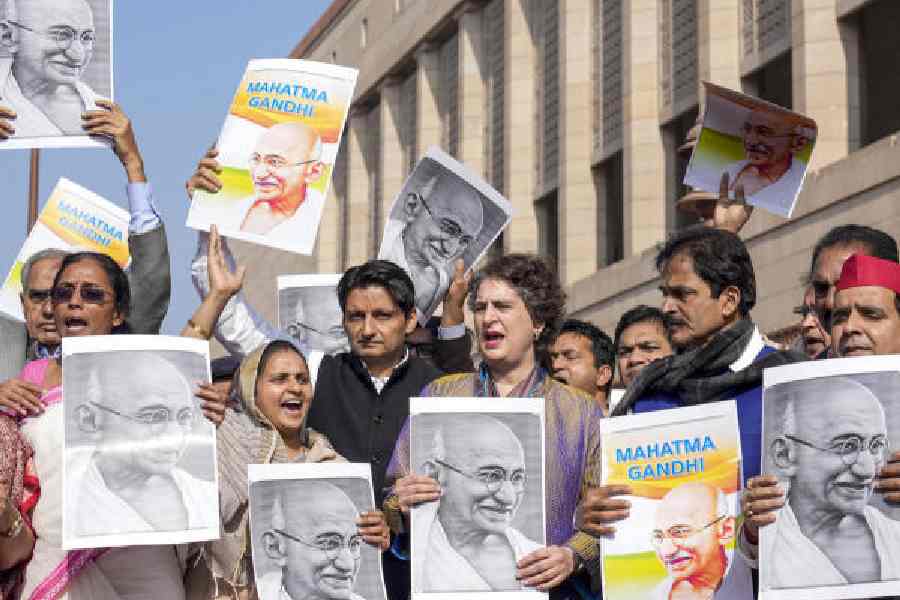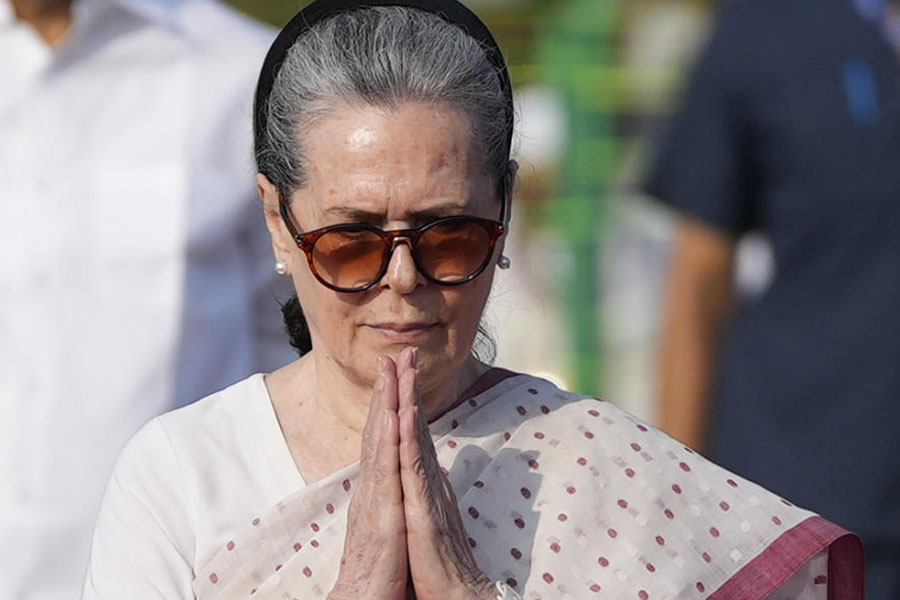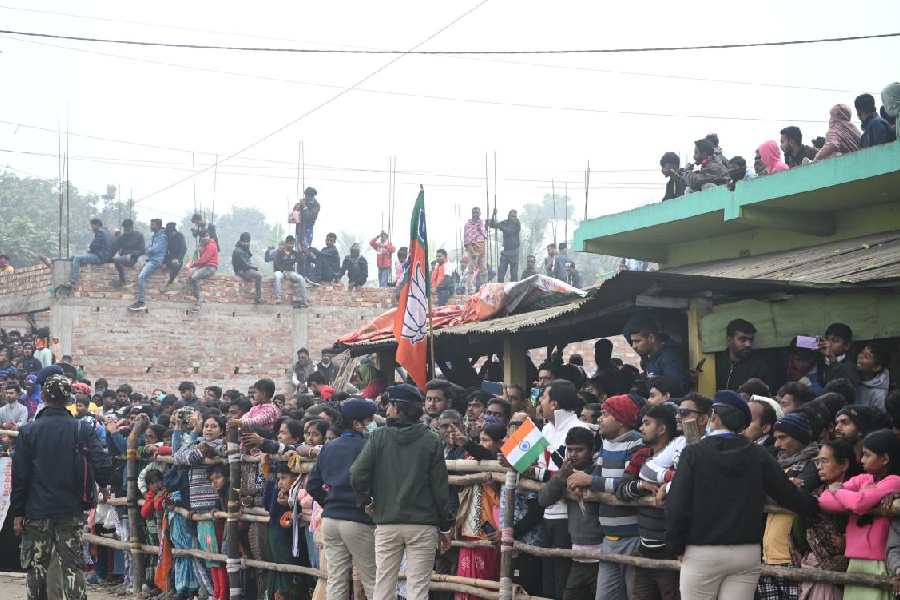 |
| Imitiaz Ahmad (left) director, Khuda Bakhsh Oriental Public Library, presents a memento to Irfan Habib, professor, Aligarh Muslim University, and M. Mohiuddin (right) in Patna on Friday. Picture by Nagendra Kumar Singh |
Patna, Sept. 9: The historical emergence of caste system in India today came under close scrutiny of noted historian and author, Irfan Habib, a teacher at Aligarh Muslim University.
Habib was in Patna to attend a felicitation programme and give a lecture in the first professor Qeyamuddin Ahmad Memorial Lecture organised by Asiatic Society, Bihar and Khuda Bakhsh Oriental Public Library.
“Caste system is a unique system in India, which is deeply rooted. Although it is difficult to precisely define caste but it is an institution that can be ascribed as a practice of endogamy, wherein people used to marry within the same group or class. This has been true for many tribes including Afghan tribes and Arab tribes after the arrival of Islam. Also, the caste system included a system of hierarchy or different categories within a group. Moreover, the system also included aspects of purity and impurity or pollution, wherein each caste used to follow certain degree of purity or impurity with respect to other castes, such as restrictions with touch from someone of other caste, drinking or eating things given by a person of other caste,” Habib, speaking on his 80th birthday, said.
Habib also spoke about the role of caste in social history. “Caste system must effect and has an effect on the society, economy and even political system of the country. Also, contrary to the assumption that caste system is originated by Brahmins alone as per the Sanskrit texts, other classes including kshatriya were also equally responsible for its origination. Moreover, caste system remained unaffected even during Muslim invasion of the country,” he said.
During the programme, Habib was conferred with Itihas Ratna award by the Asiatic Society, Bihar. Later, he launched two rare manuscripts of the library in their digitalised format on the library’s website www.kblibrary.bih.nic.in.
The first of these — Seerat-e-Firoz Shahi — is a detailed account of the earlier part of Firoz Shah’s reign (1351-88) with a focus on his virtues and munificence, buildings and monuments, works of public utility and scientific experiments. The second is the Jahangir Namah, which is considered the oldest extant copy of the earliest version of Jehangir’s memoirs.










